The committee was renamed the Indian Space Research Organisation (ISRO) in 1969. Since then, under the visionary leadership of Dr. Vikram Sarabhai – who is considered the “father” of the Indian space programme – ISRO has embarked on an ambitious journey of space exploration .
The idea of India's lunar mission was first mooted in 1999 at a meeting of the Indian Academy of Sciences . Soon after, ISRO formed the National Lunar Mission Task Force.
In April 2003, more than 100 eminent Indian scientists in the fields of planetary and space sciences, earth sciences, physics, chemistry, astronomy, astrophysics, engineering and communication sciences discussed and approved the Task Force's recommendation to launch an Indian probe to the Moon.
Speaking on the occasion of Independence Day on August 15, 2003, then Indian Prime Minister Atal Bihari Vajpayee announced the Chandrayaan-1 project. The mission was a major boost to India's space program.
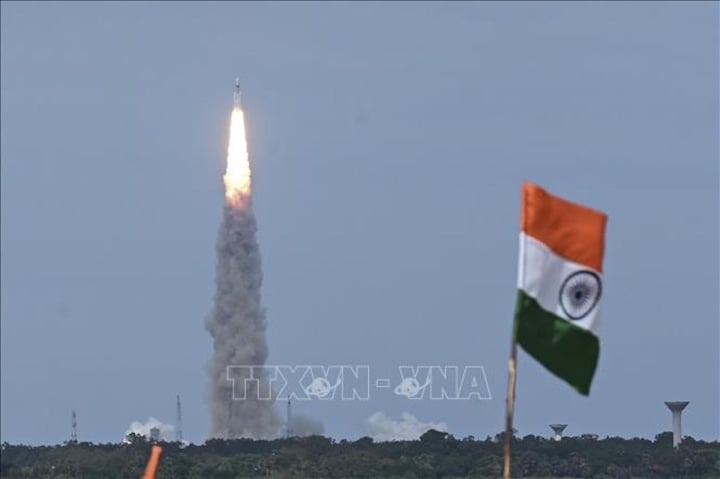
The Vikram lander of the Chandrayaan-3 spacecraft successfully landed on the Moon's south pole on August 23, 2023. (Photo: AFP/VNA)
After the tireless efforts of the ISRO team of scientists, in October 2008, India successfully launched the Chandrayaan-1 spacecraft into lunar orbit. Indian Prime Minister Manmohan Singh at that time stated that this was “ a historic moment and the first step in the country’s space program ”.
In August 2009, Chandrayaan-1 lost contact with the ground station while flying 200 km above the lunar surface. Although the probe was scheduled to last two years, a series of technical problems shortened the spacecraft's lifespan to just 312 days.
India’s first mission beyond Earth has discovered water on the surface of the Moon. This groundbreaking discovery has reshaped the collective understanding of Earth’s satellite and has had a profound impact on the space exploration plans of both the US and China. 95% of the Chandrayaan-1 mission’s target has been achieved. The project is a major step forward not only for ISRO but also for the world, paving the way for future lunar exploration.
After the success of Chandrayaan-1, the path for Chandrayaan-2 became clearer, so that 9 years later, on July 22, 2019, the Chandrayaan-2 spacecraft was launched from the same launch pad that Chandrayaan-1 had taken off from before, aiming to land gently on the South Pole of the Moon.
Instead of using the Polar Satellite Launch Vehicle (PSLV) as before, Chandrayaan-2 used the advanced Geosynchronous Satellite Launch Vehicle Mark III (GSLV Mk III). The spacecraft reached lunar orbit as planned. The lander and rover were scheduled to land at the lunar south pole but deviated from their planned flight path due to a software glitch. Despite this, the spacecraft continued its lunar research activities from orbit.
The Chandrayaan-3 spacecraft is essentially identical to Chandrayaan-2 except for upgraded software. Shortly after the vehicle was successfully launched on July 14, 2023, Indian Prime Minister Narendra Modi shared: "Chandrayaan-3 writes a new chapter in India's space adventure. The spacecraft flies high, giving wings to the dreams and ambitions of every Indian. This momentous achievement is a testament to the tireless dedication of (Indian) scientists."
Speaking right after the historic moment of the Indian spacecraft successfully soft landing on the surface of the Moon, Prime Minister Modi affirmed: " This is a resounding victory for a new India" . Besides, he said that this success is the dawn of a new era, this success is not only for India but for the whole world, for all humanity.
India thus became the fourth country to successfully land a spacecraft on the surface of the Moon, along with the US, the Soviet Union and China, but the first country to write space history by setting foot on the South Pole of the Moon - a region that is still unexplored, thereby helping to understand the Moon's atmosphere and paving the way for future space exploration programs. This success has helped India consolidate its growing strength in the field of space and technology.
To achieve this success, ISRO has continuously researched, innovated and created. From having to “rely” on the Soviet Union to launch the first satellite Aryabhata in 1975, by 1980, ISRO had made a breakthrough when it successfully launched Rohini, the first satellite developed by India, into orbit using a Satellite Launch Vehicle (SLV). This was an important achievement, marking India joining the group of countries capable of launching their own satellites.
To date, ISRO has launched 124 spacecraft, including three to the Moon and one to Mars, and has supported the launch of 424 satellites from other countries. The PSLV heavy-lift rocket is the leading choice for shared services, having deployed 104 satellites in a single launch in 2017, a world record until it was broken by SpaceX’s Transporter-1 mission in 2021.
India’s space program stands out for its emphasis on indigenous technology. The development of the PSLV and GSLV launch vehicles are notable achievements. The successful test of the GSLV Mark III, which is capable of carrying heavier payloads, further affirmed India’s self-reliance in space technology and showed that ISRO has mastered heavy-lift propulsion technology. Based on that achievement, Chandrayaan-3 has raised the technology bar, revealing a future in which India can fully develop lunar missions within its capabilities. It is worth mentioning that to achieve this resounding success, Indian scientists had to go through countless difficulties and challenges. One of those challenges is the “tight” financial situation.
ISRO’s budget for 2023-2024 is $1.5 billion, down 8% from the previous budget estimate. Meanwhile, in the same fiscal year, the US National Aeronautics and Space Administration (NASA) received $25.4 billion, up 5.6% from 2022. Due to financial constraints, the Chandrayaan-3 mission was allocated only about $75 million, approximately one-third of the $200 million that Russia spent on the Luna-25 spacecraft.
Another huge low-cost success for ISRO was the Mars Orbiter Mission (MOM), also known as Mangalyaan, in 2013. What made MOM stand out was not only the fact that it was the first successful attempt to send a probe to Mars, but also the fact that the mission cost a whopping $74 million. MOM remained in orbit for eight years, continuously observing the surface of Mars until it was decommissioned in 2022.
The above successes have demonstrated ISRO's ability to optimize resources in its efforts to achieve mission objectives.
With the success of Chandrayaan-3, analysts expect India's space sector to capitalize on its reputation for low-cost technology, especially as the country aims to increase its share of the international launch market fivefold over the next decade.
India’s achievements in space are a testament to the South Asian nation’s scientific prowess and determination. These achievements have not only advanced scientific understanding but also have practical applications in everyday life. As India continues its journey into space, one can expect more groundbreaking discoveries and advancements in technology, inspiring a new generation of scientists and positioning the country as a global space power.
(Source: News)
Source








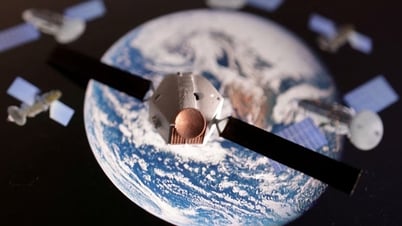






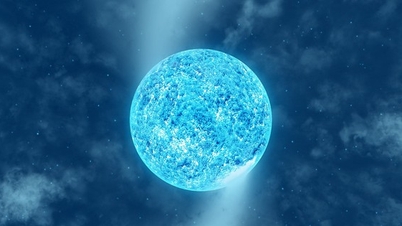




























































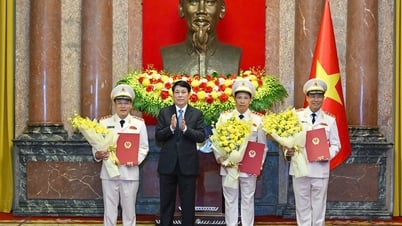

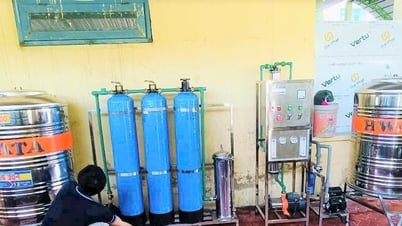























Comment (0)